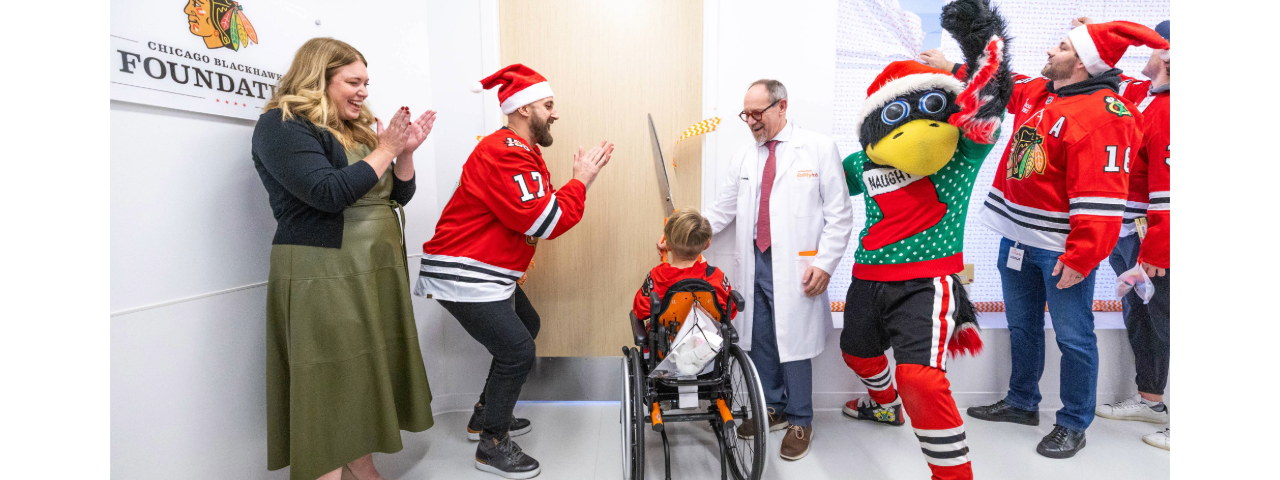Body
Traumatic injuries to the spinal cord at the neck-level (cervical) can result in damage to the nerves controlling the breathing muscles. When a spinal cord injury (SCI) affects these nerves, the breathing muscles may be unable to function efficiently, or unable to function at all, and a mechanical ventilator may be required to support breathing.
What is a ventilator?
Body
A ventilator (or vent) is a machine connected to the windpipe (trachea) that helps the body breathe or breathes for it. It pumps air into and out of the lungs.
What is an endotracheal intubation, and how does it relate to a ventilator?
Body
When a patient is first put on a ventilator, the doctor performs an endotracheal intubation — a procedure during which he or she guides the ventilator’s tubing through the mouth and directly into the trachea (windpipe). The trachea is the body’s passage through which air is inhaled and exhaled.
What is a tracheotomy?
Body
If the patient needs to stay on the ventilator for an extended length of time (e.g., more than 7–10 days, generally), the doctor will create an opening in the front of the neck at the top of the trachea. This procedure is called a tracheotomy (trach), and it allows the ventilator tubing to be attached onto the trach-tube opening.
A trach is also used to clear secretions from the lungs if the patient is not able to clear them independently by coughing. Importantly, having a trach tube in place is of great aid in being taken off the vent, a process called vent-weaning.
If I need a ventilator to breathe, can I be weaned off of it?
Body
Vent-weaning is possible, but may not be possible for every patient. Early after an injury, the spinal cord is swollen. The swelling makes it hard to predict the level and extent of recovery of the spinal cord and breathing muscles. The ability to breathe again naturally and, thus, be weaned off the ventilator, depends on the degree of the injury and which of the breathing muscles maintain or regain function following the injury and/or following therapy.
In addition, degrees of successful vent “liberation” vary. Some patients may be weaned completely off vent support. Others may be weaned partially, i.e., for a few minutes to a few hours, and still others may need full ventilator support long term.
What increases your ability to breathe without a ventilator?
Body
Breathing “naturally” means not even having to think about it. However, when an SCI affects the breathing muscles, muscles that typically function automatically will now require conscious effort — and therapy — to resume the breathing function.
In healing from an SCI — as long as some messages from the brain are still reaching the nerves that activate breathing muscles — such rehabilitation training is possible.
Through physical, speech and respiratory therapy, it may be possible to be weaned slowly off a ventilator, in steps, so that natural breathing can take over. Some people can be weaned completely, while others may be weaned for short periods of time — precious intervals that allow freedom from the equipment to bathe or transfer to a wheelchair. Still others may need the ventilator to breathe for them only while they sleep, and some will need to use the ventilator on an ongoing basis.
Two Approaches to Ventilator-Weaning
Body
Pass/fail
Traditionally, a “pass/fail” approach has been taken. In this approach, as healing progresses, the vent is removed at safe, very short intervals to see if the breathing muscles will take over for the ventilator. The pass/fail test may be repeated over time. This all-or-nothing approach does not allow for working in steps.
Incremental
In some inpatient rehabilitation settings, however, vent weaning may be more step-by-step, with a focus on muscle training to improve the strength of all breathing muscles that still work. This muscle training is designed to support progressively longer periods off of the vent.
First, the vent-weaning team evaluates which of the breathing muscles still function, and then, how strong they are. The results of the evaluation provide treatment guidance. The team and patient will focus on building strength and stamina in these muscles.
In this progressive strengthening approach to vent weaning, a doctor and a team of vent-weaning therapists and nurses work together. For example, the doctor and nurses coordinate with a respiratory therapist (RT), physical therapist (PT) and a speech-language therapist (SLP) during the paced process. The goal is to teach the patient the optimal way to breathe.
In an inpatient rehabilitation setting, vent-weaning exercises are incorporated into three hours of therapy every day. This type of focused breathing therapy is not provided in an acute-care hospital, a skilled nursing facility or a long-term acute-care hospital.
Can I get off the ventilator completely?
Body
Although every patient will not be able to achieve complete independence from the ventilator, many have achieved increasingly longer periods of freedom. These vent-free intervals create enough time to do activities, such as taking a shower, without the constraint of the equipment.
In any event, a stepped approach is often more successful for vent weaning. It’s important to explore which options are appropriate for a specific injury and the extent to which recovery is possible.

